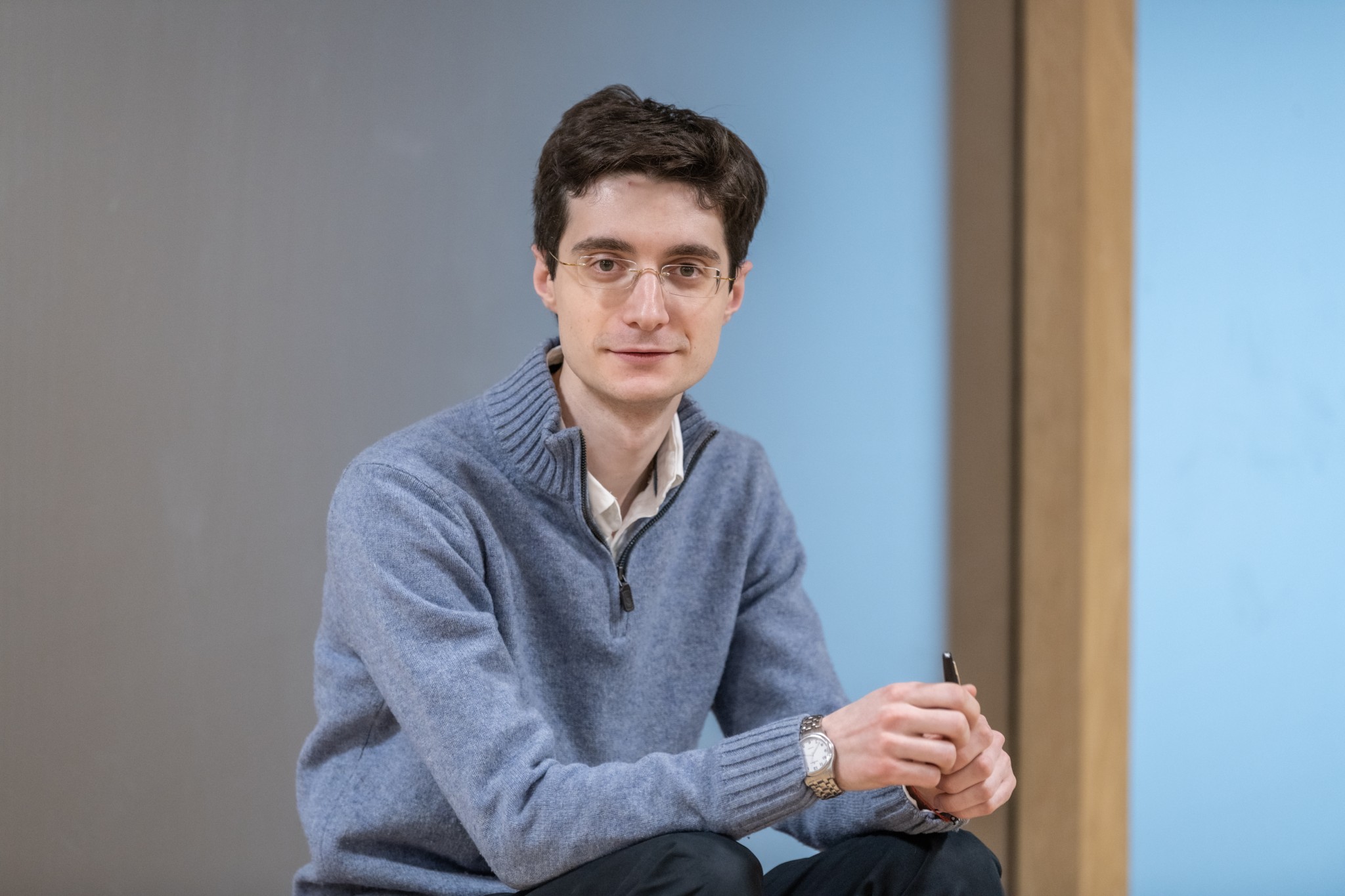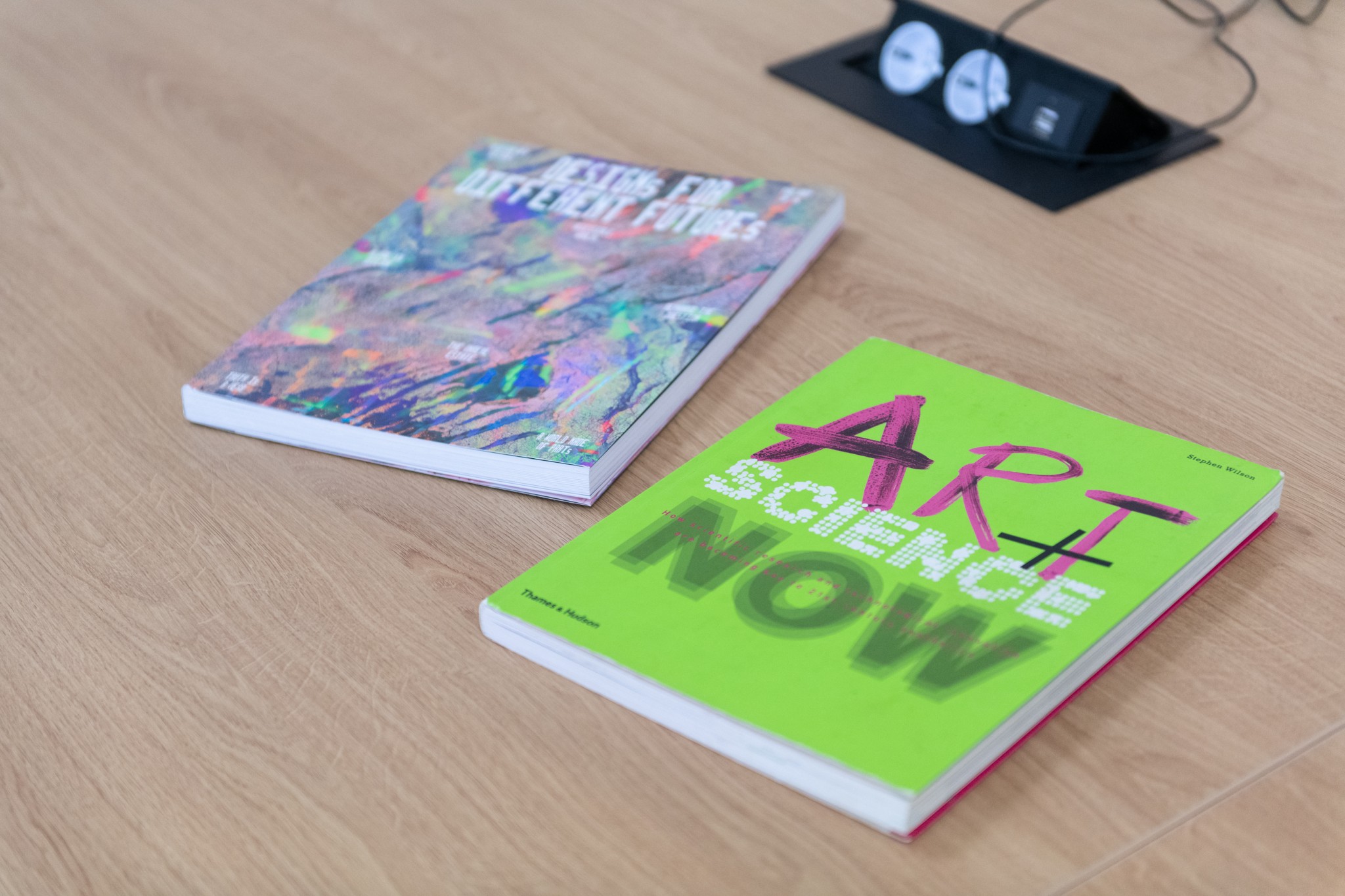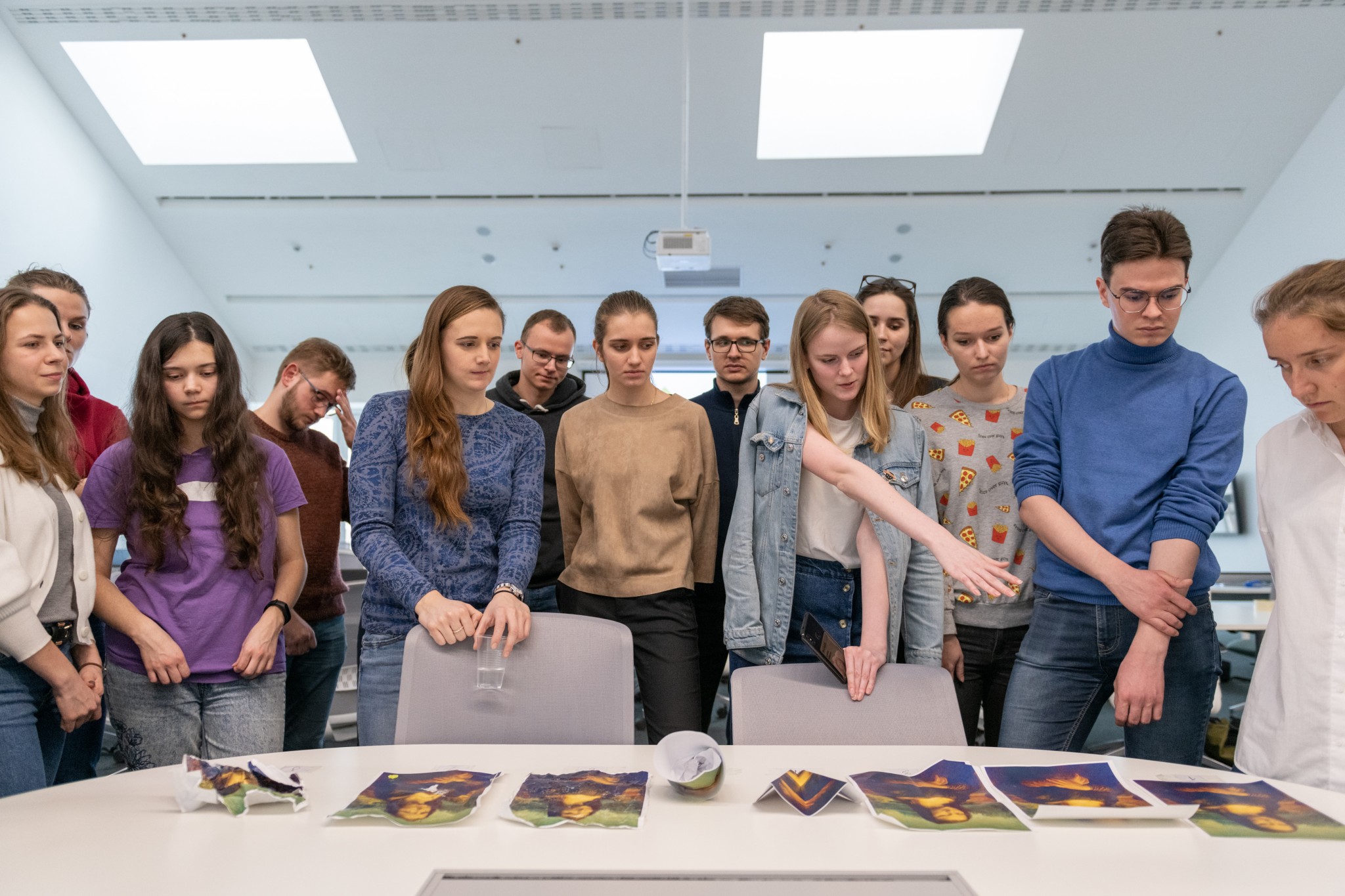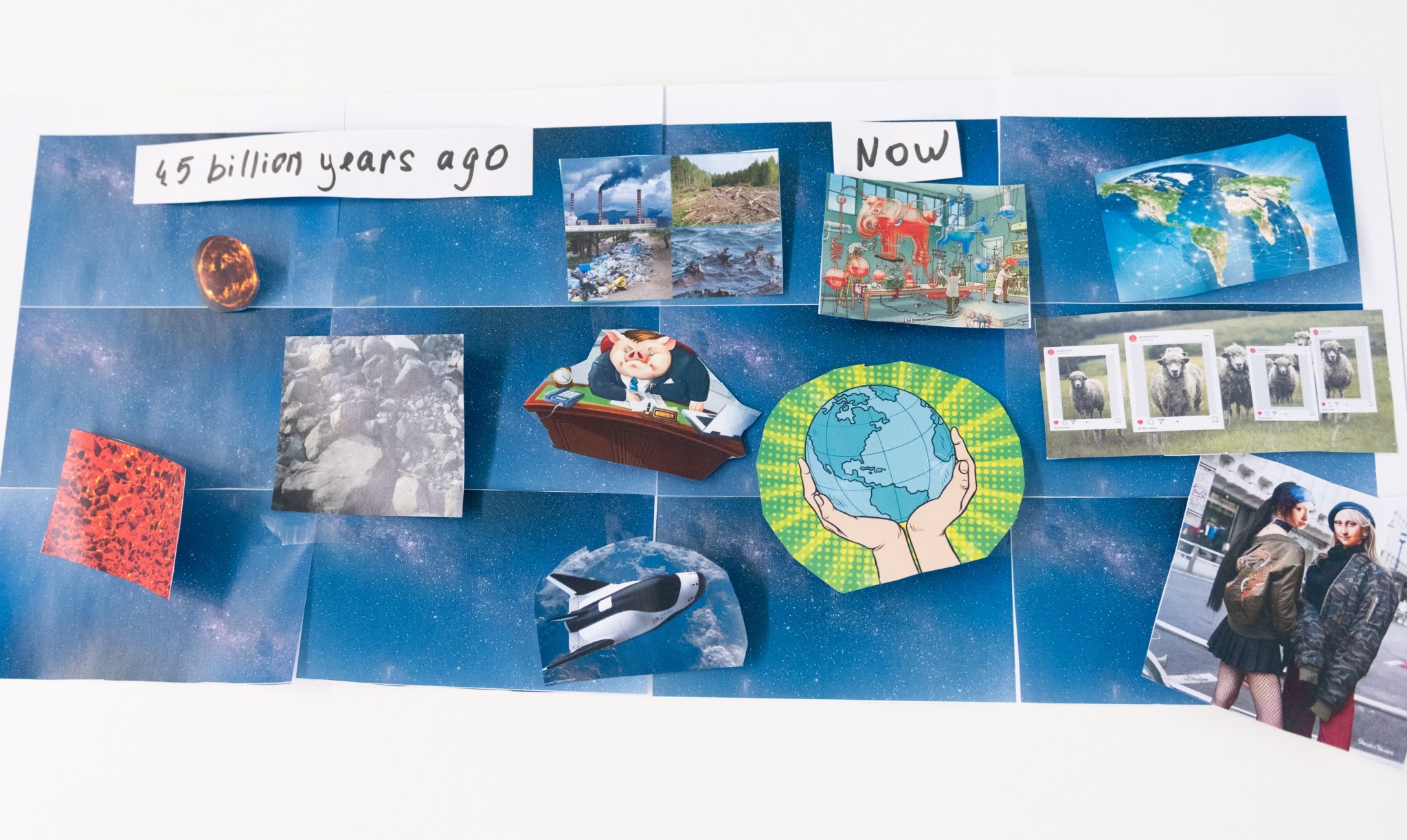Independent Studies Period, 2020
The Independent Studies Period (ISP) is an annual mandatory program targeted at MSc students that has taken place every January since 2014. The four focus areas for students are to develop different skills and knowledge: Broadening Horizons – Beyond Profession, Soft Skills Development, Entrepreneurship and Innovation (E&I), Career Development.
Master’s students will have the chance to explore avenues of learning that differ, though not necessarily, to their traditional science and engineering backgrounds. It is built around a core of external instructors as well as Skoltech faculty and members of the student body (both MSc and PhD), all teaching courses on topics such as public speaking, academic writing, science in contemporary art, an introduction to cybersecurity, a stock trading course, science and cooking, and so on.
By its very nature, the program is interdisciplinary and helps raise the next generation of science, technology and business leaders, and students get the chance to work on cool, innovative projects.
2020 marks the seventh ISP and this year there is a choice of 36 different courses. With week 1 already at an end, we caught up with some of the instructors and participants to find out what is happening.
Science in Contemporary Art
Based in Philadelphia, which is home to a vibrant art scene, Stanislav “Stass” Shpanin works as an artist and an art professor of Rutgers University in New Jersey and has taken part in ISP since its very inception. His course, “Science in Contemporary Art,” aims to instill a certain level of creativity into Skoltech’s science and engineering students as well as introduce them into contemporary art. It gives students the opportunity to play around with new ideas in the framework of the course curriculum through group work, allowing them not only to hone their creative skills, but also their ability to work with others towards a specific, if less familiar goal.
During a short interview, Stass went into multiple topics related to the course and his experience as an art professor. Asked about how he came to teach at ISP, he described encountering a group of Skoltech students at the Moscow Museum of Modern Art.
“I was preparing for a project there and the students wanted to help me with the technical part. Although they were scientists, they were very interested in the arts and they introduced me to the Skoltech team,” said Stass.
To give some context to what he is teaching in the course, he talked about some of the centers of art, particularly in Europe. Berlin is the European center of the art scene, because there is a large amount of funding. Although France and Italy have a very strong history and culture of traditional art (visual, historic, aesthetic), there is less room for contemporary artists, particularly those on the fringe (science in art).
Asked how contemporary art differs from traditional, Stass outlined how this relates to his ISP course.
“In this course we are not talking about the aesthetics of art that much; most of the students taking part are not going to be visual artists. However, they are thinkers and creative individuals. During the 20th century, a certain view came into the mainstream, which was that art doesn’t have to be just about aesthetics but could also be about ideas and that the latter could be more important than the former. The French artist, Marcel Duchamp, was the first to say this.”
In other words, contemporary art is more about the idea than the aesthetic. As an example of this to the students, Stass brought a catalogue from an exhibition, which is taking place at the Philadelphia Museum of Art, called Design for Different Futures. The MIT Media Lab created a large number of works in that exhibition and they are working on other projects about how we are going to develop our future.
While it was only the second lecture of the course, the project for that day was to create an installation of eight printed images, and the idea of the prints had to be connected to the idea of the installation. The purpose is for the pictures to act as mediums for the message each group wished to convey.
“There is a very famous saying,” said Stass. “Medium is the message. What does that mean? Imagine a hammer made of glass. There you have it.”
Stass wants his ISP students to work on such paradoxes through these installations in order to produce new ideas in relation to the mediums.
There have been cases where ISP students changed their academic path and went into art and science, although that number is small. One of these was a Life Sciences bioengineering student, Laura Elidedt Rodríguez, who went on to pursue a field called bioart, working as both a biologist and an artist in St Petersburg.
“I find teaching science and engineering students in many cases more interesting. The reason is simple: they have two things that art students don’t have. The first is that they usually don’t have background art knowledge, which could be helpful in that they can create new things without being affected by what has already been done. Science and engineering students also have a different way of thinking and quite often they have more abstract ways of looking at things.”
“The Italian artist, Maurizio Cattelan, caused a bit of controversy after he selling the famous banana tape painting for $120,000 after exhibiting it at the Art Basel in Miami. Most of my students asked why it had sold for that price. I explained that when you look at this work, you should not look at one piece; you have to look at all of the artist’s works from the past and view it in sequence. Putting work into context helps students understand the logic behind it; this in turn helps them when they creating their own projects and applying their own logic to them.”
For their final course project, students made presentations in the form of a manifesto that relates to the course. The exercise focuses on semantics and the ability to effectively communicate challenging ideas and concepts. This isn’t as easy as it sounds, as the theme has to be both provocative and difficult to defend. Students presented manifestos on topics ranging from art in the 22nd century to the ethical questions surrounding human genome editing and other experiments on the human body.
“It was pleasing to see the variety of ideas and approaches students took this year,” said Stass.
Science in Contemporary Art makes up the bedrock of courses that have been part of ISP since the beginning, and Stass Shpanin’s passion for the subject only inspires further curiosity from the listener. In the past, he taught a full course where students studied the most current science & art projects, When Art Meets Science, creating their own investigations and projects. May his hard work with Skoltech students continue into the future!
Contact information:
Skoltech Communications
+7 (495) 280 14 81




